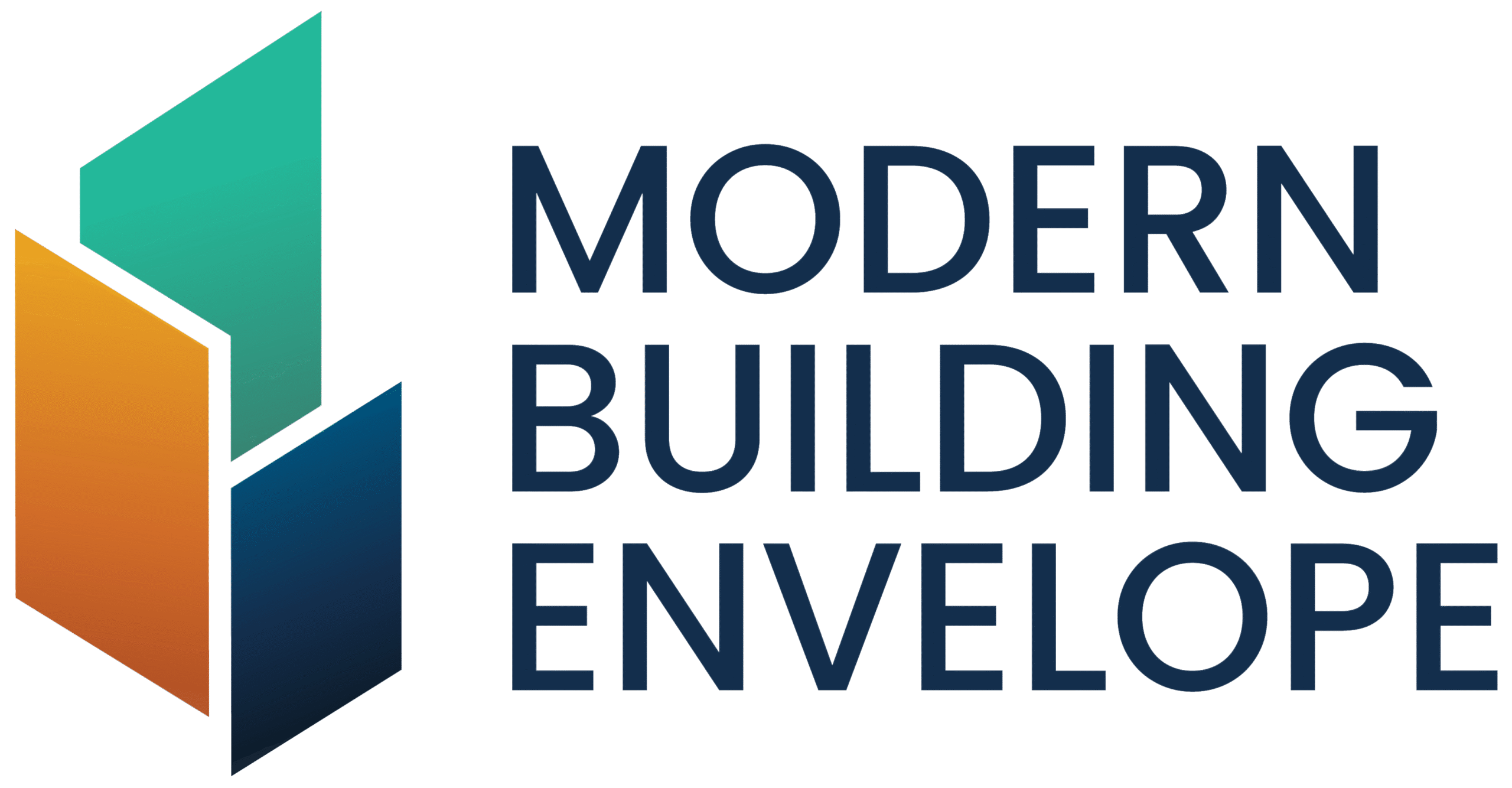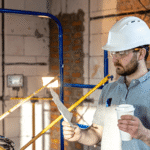As buildings become more complex and sustainability standards grow stricter, thermal modeling is becoming one of the most powerful tools in modern construction. By simulating how heat moves through a building, engineers and designers can make better decisions about materials, insulation, and energy systems long before construction begins.
Thanks to AI and advanced analytics, the next generation of thermal modeling tools is smarter, faster, and more accurate than ever helping create buildings that are both comfortable and energy efficient.
What Is Thermal Modeling and Why It Matters
Thermal modeling is the process of digitally simulating heat flow within a structure. It allows designers to predict how temperature, sunlight, and ventilation will affect building performance.
These simulations help identify problem areas such as thermal bridges or inefficient insulation, leading to more effective design solutions that reduce operational energy use.
For modern developers, accurate modeling is not just about compliance. It ensures long-term cost savings, improved occupant comfort, and alignment with sustainability certifications such as LEED and BREEAM.
Key Innovations in Thermal Modeling Tools
1. AI-Enhanced Simulation
Artificial intelligence now plays a central role in modeling workflows. Machine learning algorithms can process thousands of design variations, identifying the most efficient options based on cost, energy use, and climate data.
This saves time and allows architects to experiment with different design scenarios instantly.
2. Integration with BIM Platforms
Thermal modeling is now directly linked with Building Information Modeling (BIM) systems. This connection allows seamless collaboration between architects, engineers, and contractors. Real-time feedback from BIM ensures that any design change automatically updates the energy performance model.
3. Cloud-Based Computing
Traditional thermal simulations could take hours or even days to complete. Cloud technology now enables faster, parallel computations, making large-scale building analysis accessible to projects of all sizes.
This shift improves efficiency while reducing the need for high-end local hardware.
4. Dynamic Environmental Data
Next-gen modeling tools integrate live climate and occupancy data. They can simulate real conditions such as temperature fluctuations, humidity, and solar exposure over time, helping predict performance across seasons and geographic locations.
5. Material-Level Precision
Modern tools allow simulation at a material-specific level, helping designers understand how insulation, glass coatings, and sealants affect thermal performance. This precision leads to more efficient material choices and reduced energy loss.
How Smarter Modeling Improves Building Performance
Smarter thermal modeling translates directly into better design outcomes. It enables early detection of inefficiencies, minimizes over-engineering, and guides the placement of shading devices, HVAC systems, and natural ventilation paths.
By optimizing these factors during the design phase, projects can achieve energy savings of 20–40 percent before construction even begins.
The Path Toward Smarter, Sustainable Buildings
As technology evolves, thermal modeling will become a standard part of every design process. With AI, digital twins, and IoT sensors feeding real-time performance data back into the model, buildings will continuously learn and adapt to changing conditions.
This integration will lead to a new generation of responsive buildings structures designed not just to conserve energy but to actively manage and improve their own performance.
Image Credits: Freepik











